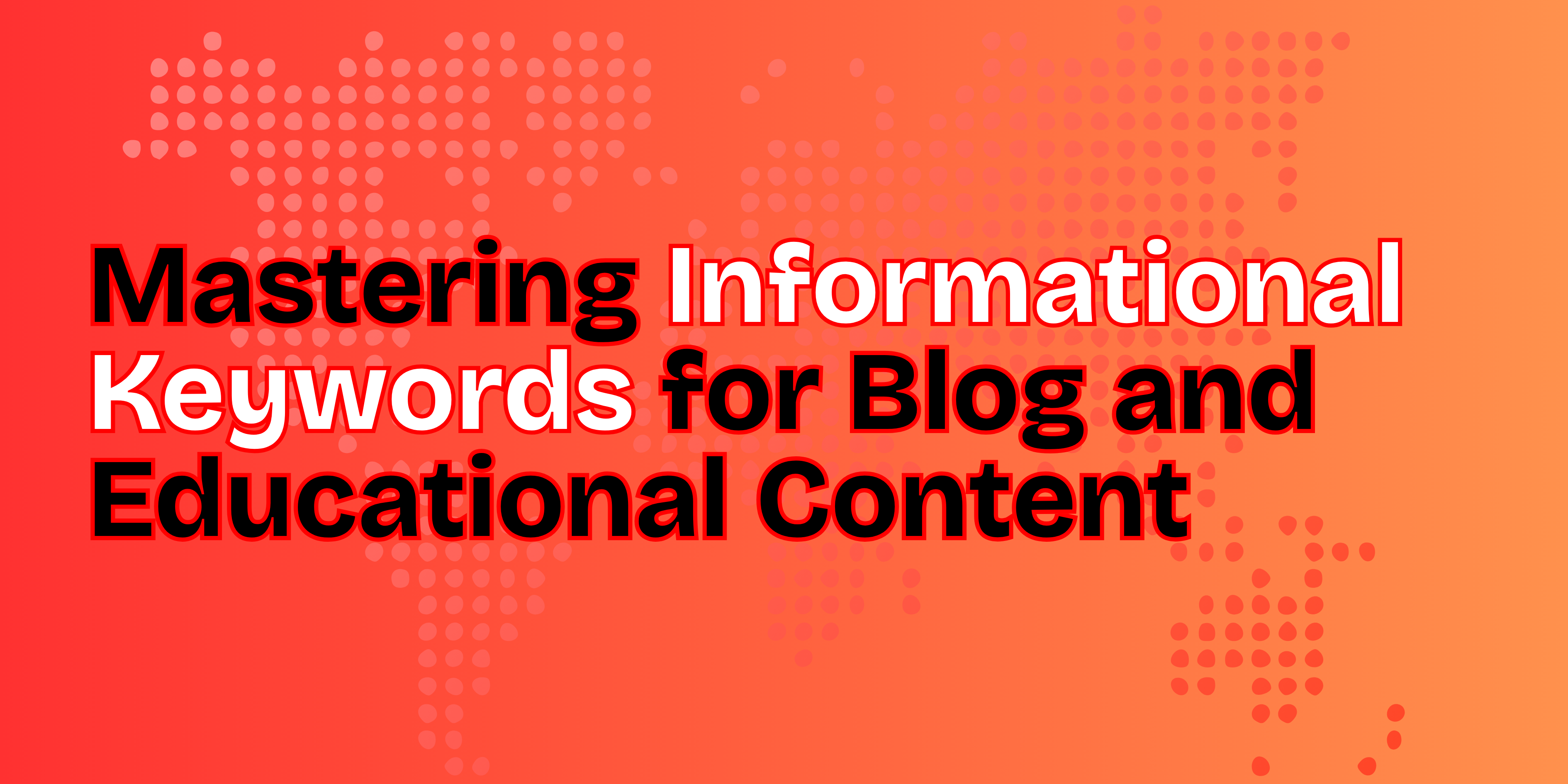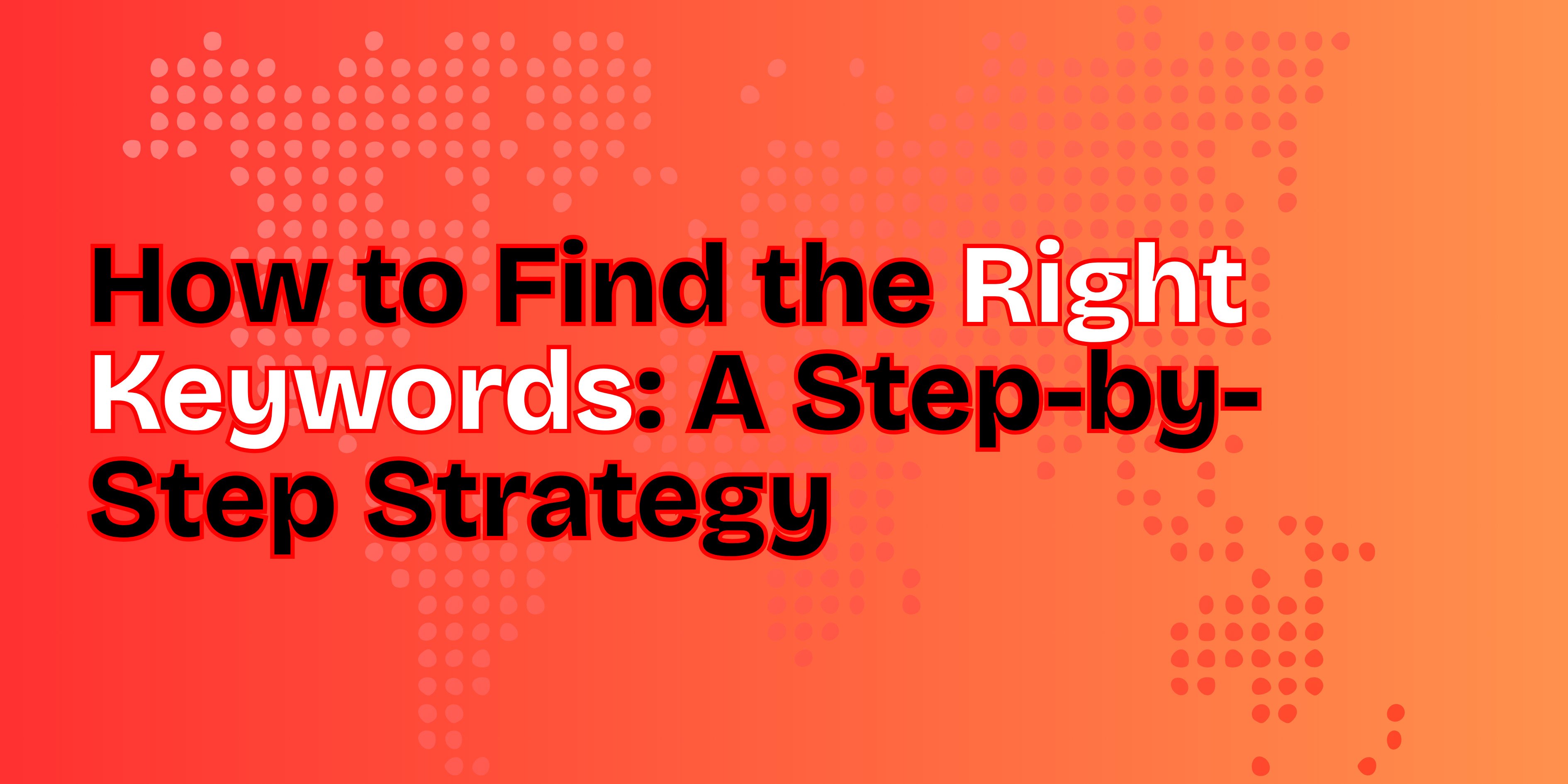-
 May 2, 2025
May 2, 2025 -
 PPC, SEO
PPC, SEO -
 By: Shivani Shukhija
By: Shivani Shukhija
If you’ve ever tried growing a business online, this question probably popped up at some point:
Should we invest in paid ads, or go all-in on SEO?
Both sound promising. One gets you quick results. The other builds long-term visibility. But which one really makes sense for your business, right now?
I’ve helped brands that swear by SEO and others that rely heavily on paid ads. The truth is, there’s no “one size fits all” answer here. It depends on your goals, your budget, and your timeline. But the good news? Once you understand the difference, the decision gets a lot easier.
Table of Contents
SEO vs. Paid Ads – What Are We Talking About?
Let’s start with the basics to understand the race of paid ads vs seo –
SEO (Search Engine Optimization) is about improving your website so it shows up on Google organically. That means no ad spend—just good content, clean site structure, and authority built over time. Think of it like laying a strong foundation. It takes time, but it lasts.
In formal definition form –
Search Engine Optimization (SEO) refers to the strategic process of enhancing a website’s visibility in organic (non-paid) search engine results. It involves optimizing website content, technical structure, and backlinks to improve relevance, authority, and ranking on search engines like Google, thereby attracting qualified traffic over time.
Paid Ads, on the other hand, are those top-of-the-page results you see on Google, Instagram, Facebook, etc., where businesses pay to get seen. It’s more like flipping a switch. You turn your campaign on and start getting traffic the same day.
In formal definition form –
Paid Advertising refers to the practice of promoting a product, service, or brand by purchasing ad placements on digital platforms, such as search engines, social media networks, or websites. Advertisers pay based on specific models, such as cost-per-click (CPC) or cost-per-impression (CPM), to display targeted ads to a defined audience, driving immediate visibility and engagement.
The Real Differences – Speed, Cost, and Sustainability
Let’s break it down properly after analyzing paid ad performance and SEO long-term results.
Speed:
Paid ads move fast. Launch a campaign, and you can start seeing clicks the same day. SEO is slower, often taking three to six months to show strong results, because it’s built on trust, content quality, and search engine algorithms.
Cost:
SEO mainly costs you time, consistency, and expertise. Paid ads need constant spending on every click, view, or impression. The more competitive your industry, the more your advertising budget needs to stretch to stay visible.
Sustainability:
SEO efforts compound over time. Once you rank well, you can enjoy consistent traffic without paying for every visitor. Ads stop the minute you pause your budget, meaning there’s no lasting effect unless you keep paying.
Trust:
People often skip ads and go straight to organic results because they see them as more genuine. But that doesn’t make ads ineffective—well-targeted ads with strong messaging can still drive high-quality leads.
Flexibility:
Paid ads give you precise control—you can adjust targeting, messaging, and budgets almost instantly. SEO moves slower; if you need to shift focus, it takes more effort and time to show in search results.
A quick Stats – Around 49% of marketers believe SEO brings a better long-term return compared to paid search.
Pros and Cons – The Honest Rundown
Let’s look at what each option brings to the table—and what you need to watch out for.
Benefits of SEO
- Builds long-term visibility and traffic.
- Improves brand credibility.
- Doesn’t cost per click—great for long-term ROI.
- Helps with content marketing, local search, and more.
Challenges of SEO
- Takes time to see results (usually months).
- Requires ongoing effort, especially with Google’s algorithm changes.
- Needs quality content, tech setup, and patience.
Benefits of Paid Ads
- Brings instant traffic.
- Perfect for product launches, promos, or lead generation.
- Easy to test what works—copy, visuals, offers.
- Advanced targeting options.
Challenges of Paid Ads
- It can get expensive, fast.
- Traffic disappears when the budget runs out.
- Requires constant tweaking and monitoring.
So… What Should You Focus On?
Here’s how I usually help clients decide:
- Need results fast? Start with paid ads. They’re ideal for driving traffic during a product launch, seasonal offer, or event.
- Have time to grow? Invest in SEO. It sets up your website to pull in leads for months or even years.
- On a tight budget? SEO might be a better bet long-term. You’ll spend more upfront in time, but less on clicks.
- Selling high-ticket or local services? SEO can bring in warm, ready-to-buy traffic. But if you need scale, ads can help widen the net.
In case you have an in-house team, also consider this: What’s your team good at?
If you have someone skilled in content writing or technical SEO, that’s a big plus. If not, and you’re looking for fast ROI, paid ads can be easier to outsource short-term.
The right answer isn’t always either/or. It’s more like “what makes sense now”—and “what should we build for later?”
Why a Mix Often Works Best
The smartest approach isn’t choosing between SEO and paid ads—it’s combining them thoughtfully.
Using both strategies together creates a strong foundation. Paid ads bring immediate visibility and leads while your SEO efforts start building long-term search authority. You can also run ads to promote SEO-optimized blog posts or set up retargeting campaigns to re-engage visitors who interacted with your content but didn’t convert.
There are clear benefits when SEO and paid ads work hand in hand:
- Better Keyword Targeting: Paid campaigns help uncover high-performing keywords you can also focus on organically.
- Increased Understanding of Keyword Intent: You can quickly learn what users are really searching for—and adjust both paid and organic strategies accordingly.
- Improved Landing Page Relevancy for SEM: SEO best practices help strengthen ad landing pages, improving quality scores and reducing ad costs.
- Enhanced Relevancy of SEO Content: Paid search insights highlight content gaps you can fill to boost organic rankings.
- A More Strategic Allocation of Costs: You can shift budgets dynamically based on where you see the best returns.
- Increased Revenue: With both channels driving traffic, your opportunities for conversions and sales grow significantly.
A blended approach isn’t just safer—it’s smarter, especially in today’s fast-moving digital space.
Wrapping It Up
Paid ads and SEO both have their place in digital marketing. It’s less about choosing a “winner” or finding the best marketing strategy and more about choosing what fits your goals right now.
Start with a clear look at what you need most—fast leads, brand growth, or long-term search visibility. Don’t get pulled into trends or quick-fix promises. Build what makes sense for where you are and where you want to go.
And if you want the right directions to pull up your game? That’s okay, too; we are here to help. We provide expert PPC and SEO services to help you drive results and stay ahead of the competition. Get in touch with us today!



